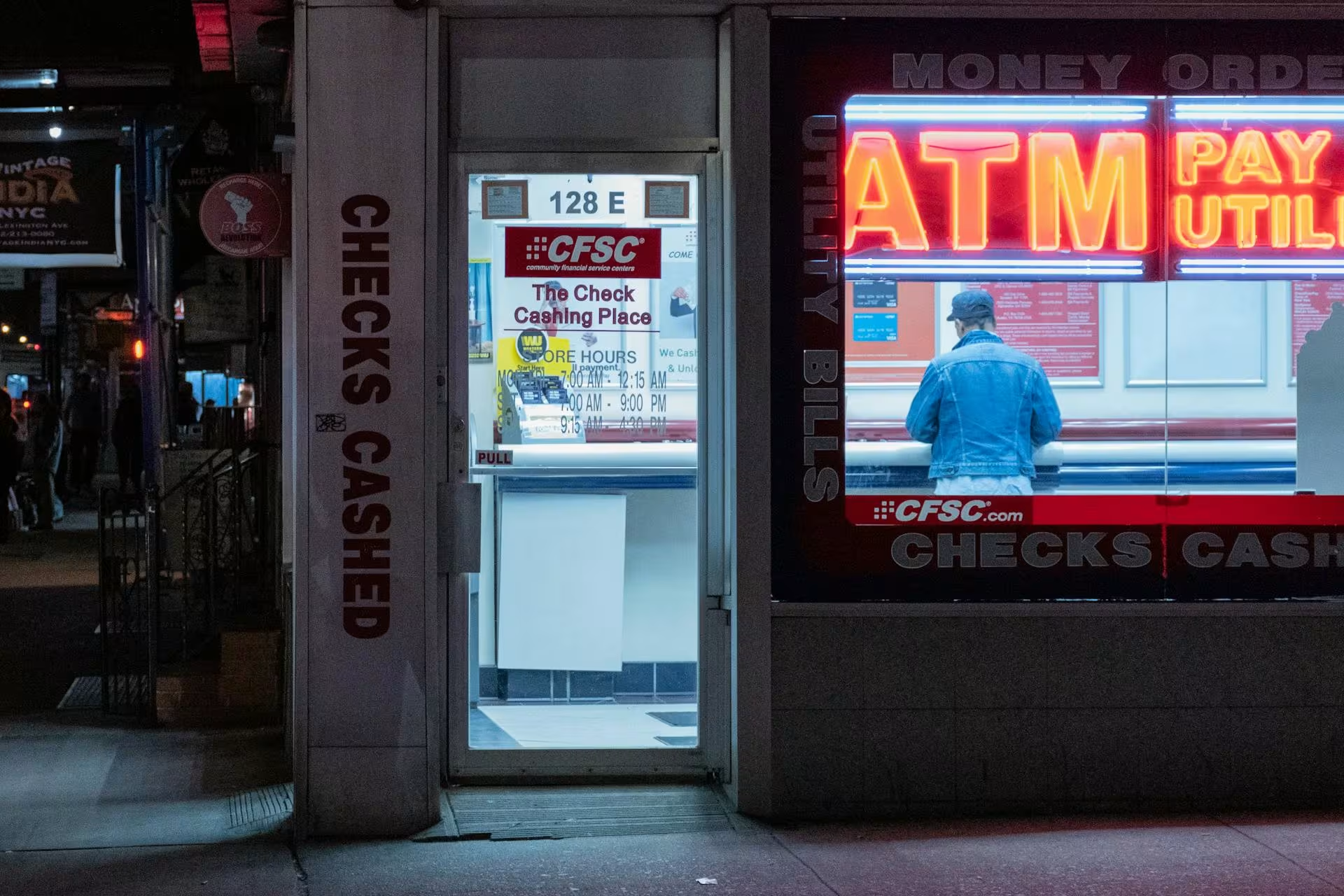When traveling abroad, every euro counts. Unfortunately, ATM fees can quickly add up and eat into your travel budget. Between your home bank’s charges, the foreign bank’s fees, and currency conversion markups, withdrawing cash abroad often becomes more expensive than expected.
But don’t worry. With the right knowledge and a few proactive steps, you can avoid most of these fees and access your money safely. This guide will show you how to avoid ATM fees while traveling internationally, so you can spend your money on experiences—not banking costs.
Understand the Types of ATM Fees
To avoid unnecessary charges, it’s crucial to understand the three main types of fees you might encounter when using an ATM abroad.
ATM operator fees are charged by the local bank that owns the machine. These vary by country and provider and are often non-refundable.
Home bank fees are set by your bank for using an international ATM. Some banks waive these, but many don’t.
Finally, currency conversion fees can be the most hidden. When an ATM offers to convert your withdrawal to your home currency, it often uses a poor exchange rate. This is called Dynamic Currency Conversion, and it should be avoided whenever possible.
Choose a Bank with No Foreign ATM Fees
The simplest way to save money is by choosing a bank account made for travelers. Some banks reimburse all ATM fees worldwide or don’t charge foreign withdrawal fees at all.
A few popular options include:
- Charles Schwab (USA): No foreign transaction fees and ATM fee refunds
- Revolut, Wise, N26 (Europe/UK): Low FX fees, ATM access, and multi-currency features
- ING, Deutsche Bank: Some accounts waive ATM fees across Europe
Before your trip, contact your bank or compare travel-friendly bank accounts to find one that offers global fee-free access.
Use a Travel-Friendly Debit or Multi-Currency Card
Fintech has revolutionized travel banking. Cards from companies like Revolut, Wise, Monzo, or N26 offer competitive exchange rates, low withdrawal fees, and the ability to hold multiple currencies.
By setting up a local currency wallet, you can preload money when the exchange rate is favorable and avoid in-the-moment conversions. These cards often notify you instantly after each transaction and allow you to freeze your card from your phone if it’s lost.
If you’re interested in travel tools like these, you may also enjoy our guide to budgeting your trip in Europe.
Always Choose to Be Charged in Local Currency
One of the most common traps travelers fall into is accepting a charge in their home currency. This is almost always more expensive.
When an ATM asks, “Would you like to be charged in EUR or USD?”—choose the local currency (EUR in this case). Let your bank handle the conversion, not the ATM. This helps you avoid Dynamic Currency Conversion, which often includes an inflated exchange rate and hidden fees.
Know Which ATMs to Use (and Avoid)
Not all ATMs are equal. In tourist-heavy areas, machines from companies like Euronet, Travelex, or Cardtronics often charge higher fees and encourage Dynamic Currency Conversion.
Instead, stick to ATMs from major banks, especially those located inside a branch. These tend to have lower fees and better security.
If you’re not sure where to go, asking your accommodation staff for trusted local banks can help you find fee-friendly machines.
Plan Your Cash Withdrawals Wisely
Each ATM transaction may include a fixed fee, so it makes sense to withdraw larger amounts less frequently. Just be cautious: carrying too much cash can be risky.
Keep track of your card’s daily or monthly withdrawal limits, especially if you’re using a travel debit card with tiered plans (as with Revolut or Wise).
If you’re traveling long-term, check out our digital nomad banking guide for more tips on managing money abroad.
Enable Travel Alerts and Security Settings
Before departing, enable travel alerts with your bank to avoid card blocks due to “suspicious activity.” Most apps now offer real-time notifications, so you can monitor spending and spot fraud quickly.
Also, carry a backup card stored separately. If your main card is lost, stolen, or blocked, this will save you major headaches.
Some travelers prefer keeping one card for withdrawals and another for purchases to separate risk.
Bonus Tip: Ask Locals or Check Travel Forums
Don’t underestimate local knowledge. Travelers on forums like Reddit, Nomad List, or Facebook travel groups often share up-to-date tips on the best local ATMs and banking hacks.
Additionally, ask your hostel, hotel, or Airbnb host where to find low-fee or free ATMs nearby. Locals often know which banks charge less—or none at all
Frequently Asked Questions
You can avoid ATM fees by using travel-friendly banks or fintech cards like Wise, Revolut, or Charles Schwab that waive foreign withdrawal fees. Always withdraw in local currency, avoid tourist ATMs like Euronet, and limit the number of transactions.
Euronet ATMs are generally safe but often charge high fees and offer poor exchange rates due to Dynamic Currency Conversion. It’s better to use ATMs from major local banks for lower costs and more transparency.
Some of the best debit cards for international travel include Revolut, Wise, N26, Monzo, and Charles Schwab. These cards offer favorable exchange rates, free or low-fee ATM withdrawals, and helpful security features.
No. Always choose to be charged in the local currency when using a foreign ATM. This avoids Dynamic Currency Conversion (DCC), which often uses a worse exchange rate and adds hidden fees.
It’s better to withdraw larger amounts less frequently to minimize per-transaction fees. Just be cautious and don’t carry too much cash at once, balance convenience with safety.
Credit cards usually charge cash advance fees and interest on ATM withdrawals, so they’re not ideal for getting cash. Instead, use a debit card or travel money card that’s designed for withdrawals.

